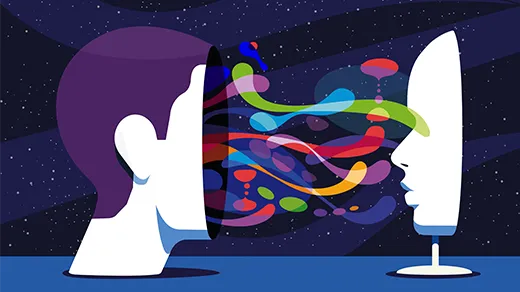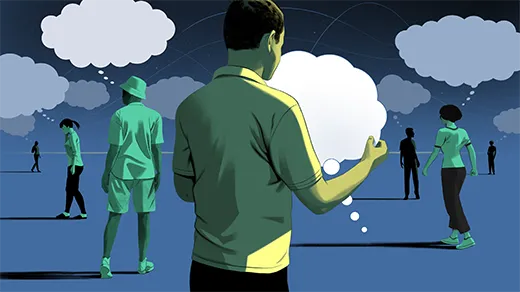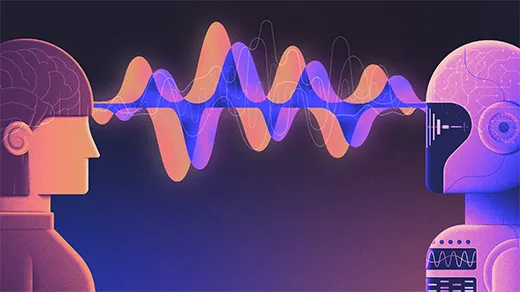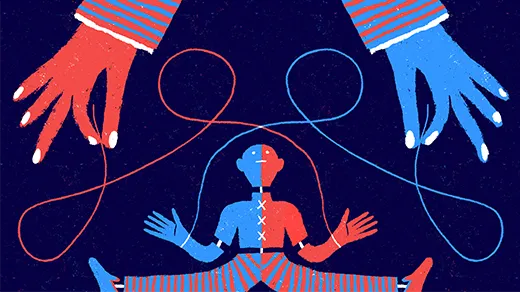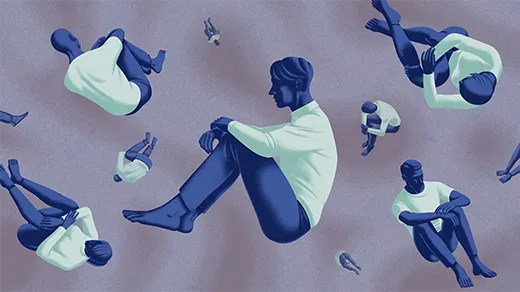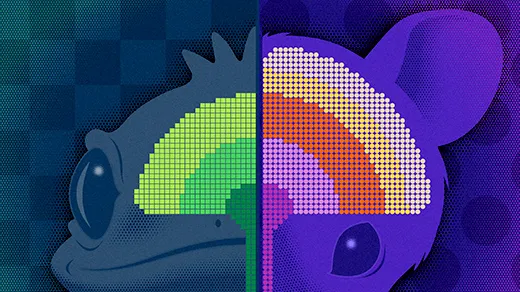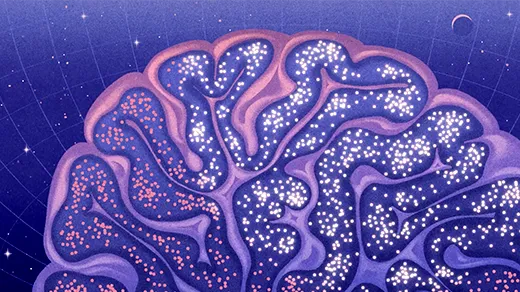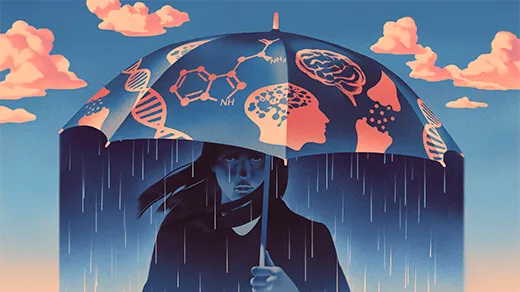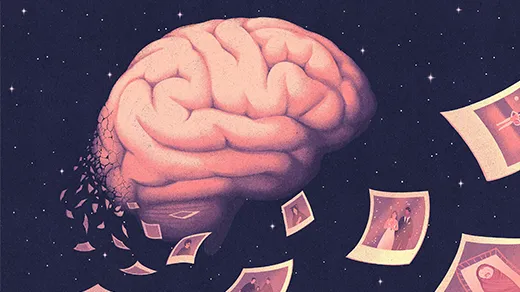What's up in
Neuroscience
Latest Articles
What Is the Nature of Consciousness?
Consciousness, our experience of being in the world, is one of the mind’s greatest mysteries, but as the neuroscientist Anil Seth explains to Steven Strogatz, research is making progress in understanding this elusive phenomenon.
Is It Real or Imagined? How Your Brain Tells the Difference.
New experiments show that the brain distinguishes between perceived and imagined mental images by checking whether they cross a “reality threshold.”
Some Neural Networks Learn Language Like Humans
Researchers uncover striking parallels in the ways that humans and machine learning models acquire language skills.
Why the Brain’s Connections to the Body Are Crisscrossed
In all bilaterally symmetrical animals, from humans down to simple worms, nerves cross from one side of the body to the opposite side of the brain. Geometry may explain why.
How Loneliness Reshapes the Brain
Feelings of loneliness prompt changes in the brain that further isolate people from social contact.
Gene Expression in Neurons Solves a Brain Evolution Puzzle
The neocortex of our brain is the seat of our intellect. New data suggests that mammals created it with new types of cells that they developed only after their evolutionary split from reptiles.
When Does the Brain Operate at Peak Performance?
The critical brain hypothesis suggests that neural networks do their best work when connections are not too weak or too strong.
The Cause of Depression Is Probably Not What You Think
Depression has often been blamed on low levels of serotonin in the brain. That answer is insufficient, but alternatives are coming into view and changing our understanding of the disease.
The Year in Biology
Momentum for new ideas in Alzheimer’s research joined advances in neuroscience, developmental biology and origin-of-life studies to make 2022 a memorable year of biological insights.
